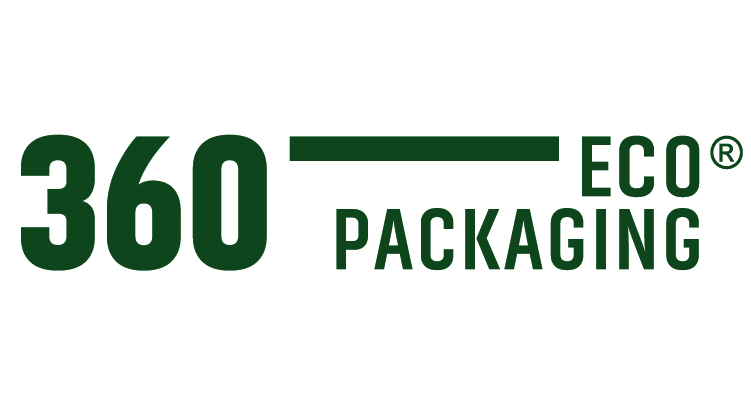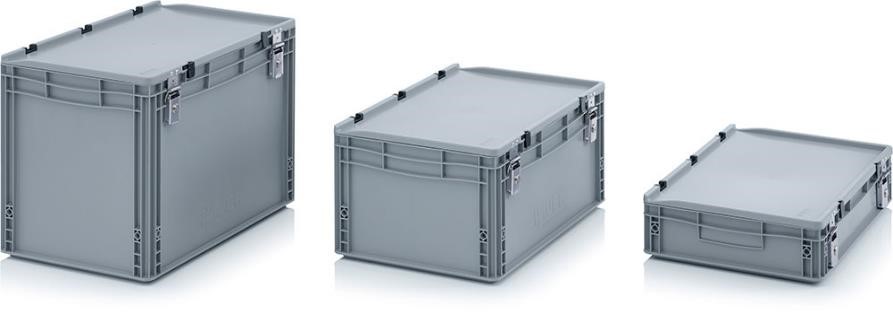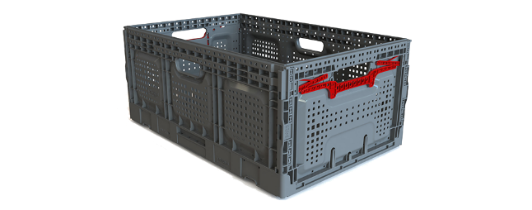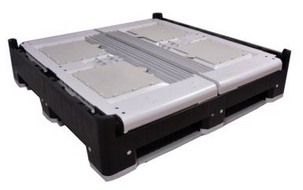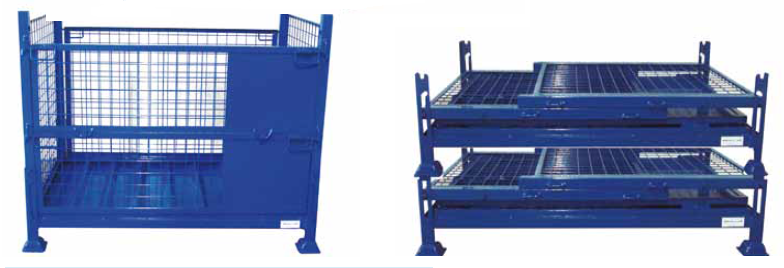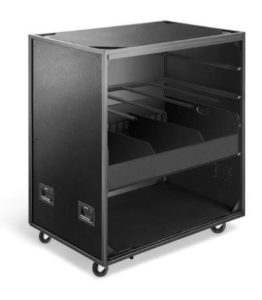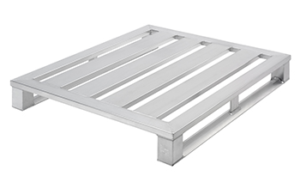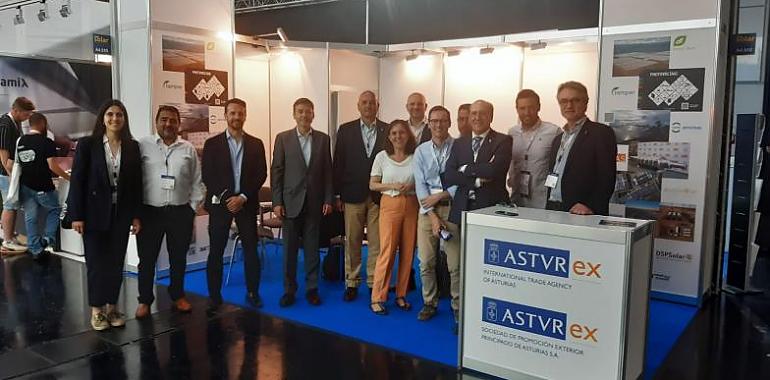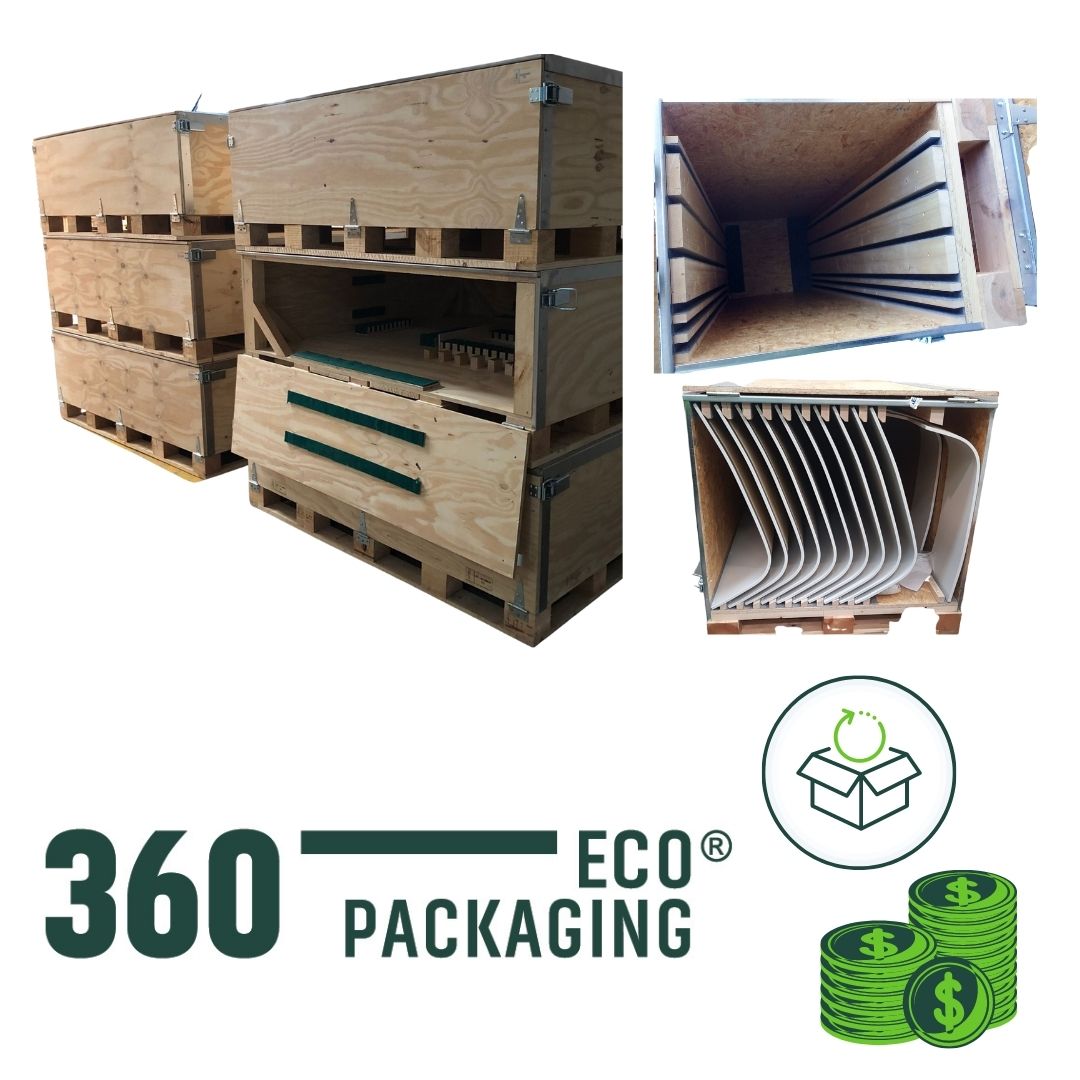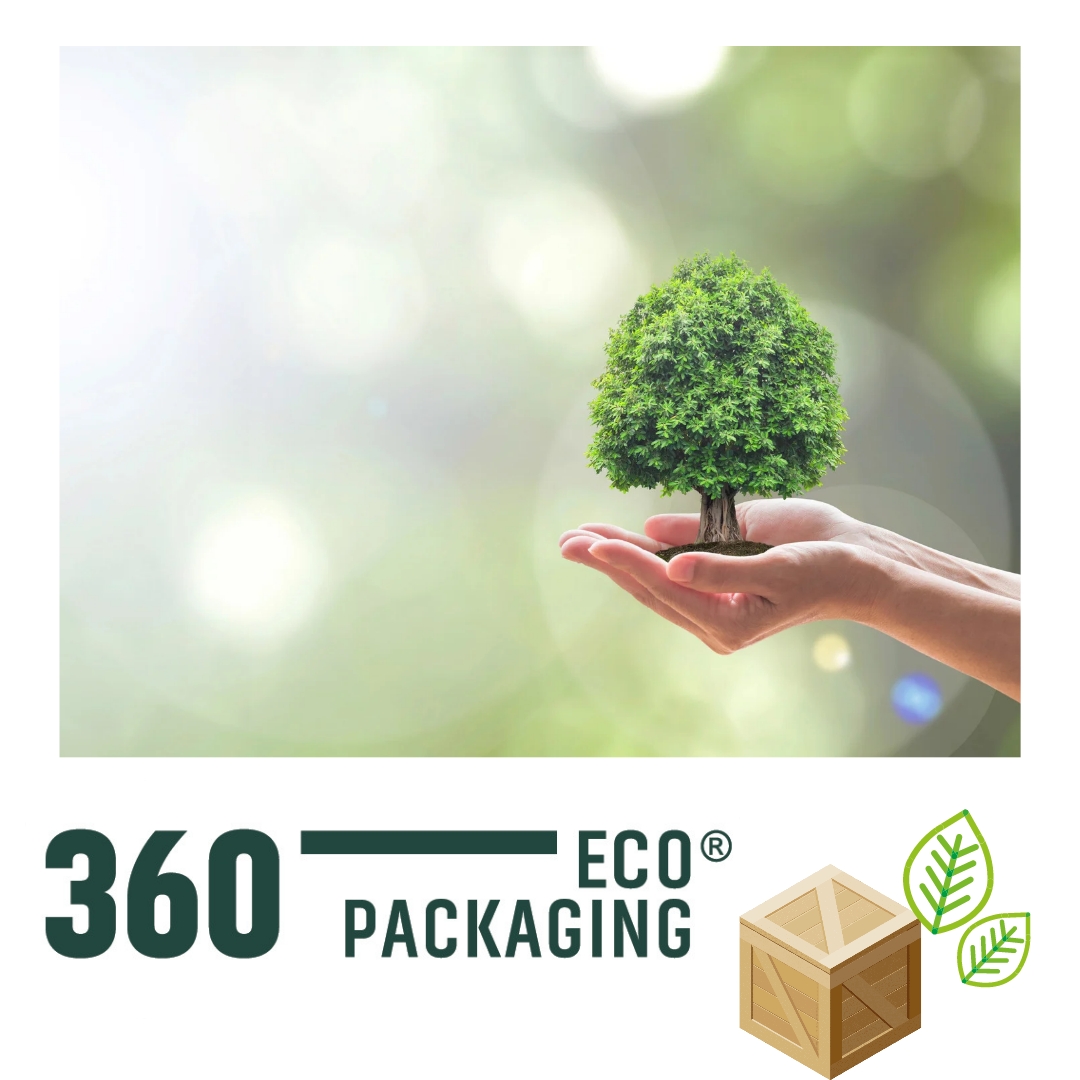Forests are one of the most valuable natural resources for their social, economic and environmental benefits. Wood is also the only material that continues to absorb and store CO2 from the atmosphere for years.
For the European Union, forests are a priority. The new EU Forestry Strategy 2030 includes measures for the protection, conservation and sustainable management of forests, within the framework of the European Green Deal to curb climate change. The aim is to promote forest management practices that are more respectful of the climate and biodiversity, as well as to encourage the responsible use of wood.
Wood is a recyclable, renewable and biodegradable raw material. Qualities that fit with the principles of the circular economy. An intelligent use of forests would help to protect the environment, repopulate territories and generate employment. That is why organizations wishing to move towards a responsible economy model include in their plans the PEFC chain of custody certification, which endorses good practices along the entire wood value chain.
What is Chain of Custody?
Chain of Custody certification allows companies to label their products as coming from sustainable logging or recycling.
This certification can be done by two entities:
-
Forest Stewardship Council® (FSC®).
-
Programme for the Endorsement of Forest Certification (PEFC).
Both represent a useful tool for tracing the sustainability of any type of product made from forest raw materials, both for the companies that market them and for the consumers who buy them.
In Spain, 1,646 companies already certify their products through the PEFC forest management system and the number is increasing every year. The certified forest area has also grown, as has the number of foresters and forest owners, as can be seen in the search engine for certified areas and the search engine for Sustainable Forest Management certificates on the PEFC Spain website.
Benefits of PEFC certified Wood
Chain of Custody certification is essential for companies seeking to access environmentally and socially responsible markets or to demonstrate compliance with public or private purchasing policies that specify the sourcing of environmentally responsible materials as a requirement. For example, the European Union Ecolabel system for furniture or the LEED rating system issued by the Green Building Council in the Leadership in Energy and Environmental Design category.
The PEFC seal is key to the development of the market for sustainable forest-based products, which are increasingly in demand and gaining social recognition.
How to recognize a product of sustainable forest origin?
Consumers can identify and choose products based on a responsible forest management model. In fact, 8 out of 10 consumers prefer companies to label the sustainable forestry products they use.
A product or packaging of sustainable forest origin is distinguished by the FSC®/PEFC seal with the visible logo, accompanied by a numerical code composed of nine digits, unique to each certified company.
It is surprising to see the number and diversity of items that can be found with the FSC®/PEFC label or printed on cardboard or wood: furniture, textiles and footwear, food, hygiene products, as well as wooden containers and packaging.
As consumers, we play a decisive role in the future of our forests and the development of a greener and more sustainable economy. Turn to certified wood suppliers.
![]()
